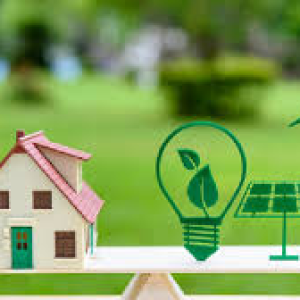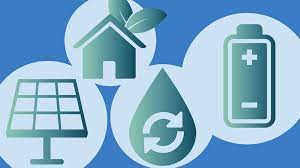
What is the Future Homes and Buildings Standard?
The Future Homes and Buildings Standard will supplement the Building Regulations in order to ensure that new homes constructed from 2025 onwards produce 75-80% fewer carbon emissions than those built under the previous regulations.
Existing homes, and certain home improvements are also subject to stricter standards. However, homeowners will only be impacted if they plan on building extensions or making thermal upgrades.
The Future Homes Standard first appeared in the spring 2019 statement of the British government, but the details were still being worked out. Building Regulations Changes tell us that future homes must be net zero-ready by 2025. Retrofitting is not required.
In addition, all new buildings including offices and shops must reduce emissions by 27%.
As part of the Future Homes Standard, new homes can connect to the gas network as early as 2025. They will instead be equipped with energy efficient insulation and heated using a low carbon heating source, such as a heat pump. For more information on Air Source Heat Pumps, visit GSM, an installer of Air Source Heat Pumps.
Why was the Future Homes Standard announced?
According to the Climate Change Committee, the built environment is responsible for approximately 25% of UK greenhouse gases. Around 14% of these emissions come from the 28,000,000 homes in the UK. The Future Homes Standard aims to reduce these levels.
The government hopes that the standard will help to combat climate change and provide a roadmap for industry and homeowners in order to achieve its zero goal for 2050.


Leave a reply